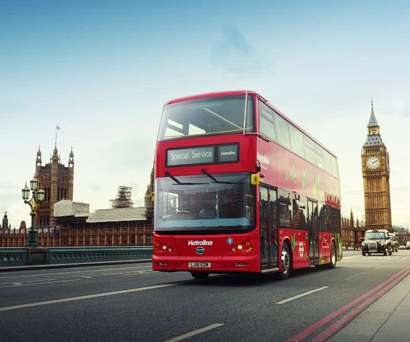Chevron invests in nuclear fusion start-up Zap Energy
Green Car Congress
AUGUST 16, 2020
Chevron Corporation made a Series A investment in Zap Energy Inc. , a Seattle-based start-up company developing a next-generation modular nuclear reactor with an innovative approach to advancing cost-effective, flexible, and commercially scalable fusion. Zap Energy will use the funds raised in this round to continue technology development and grow its development team.












Let's personalize your content